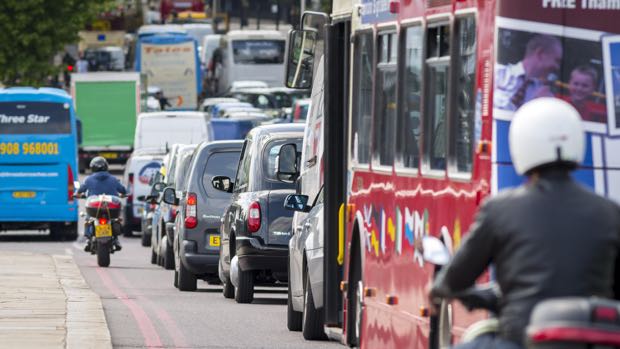Half of drivers still feel unsure whether changes to the Highway Code made two years ago today have made the roads safer for pedestrians, shows RAC research.
One of the most notable changes advises drivers turning into or out of a junction to give way to pedestrians, cyclists and horse riders who are either crossing or are waiting to cross the road. This rule was part of a new hierarchy of road users designed to improve the safety of the most vulnerable.
Those who can cause the most harm, such as large goods and passenger vehicles, vans, minibuses, cars, taxis and motorcycles, now have the greatest responsibility to reduce the danger they pose to others.
Worryingly, in addition to the majority who feel unsure if the Highway Code changes have made any difference, only a fifth (18%) of drivers believe the new rules have increased pedestrian safety, while a third (31%) think pedestrians face even greater danger at junctions since the measures were published.
Research from the RAC’s Report on Motoring, published to coincide with the hierarchy’s second anniversary, suggests the reason for the confusion is the message simply hasn’t got through to drivers.
While Highway Code Rule 170 states drivers should give way to pedestrians when turning in or out of junctions, less than a quarter (23%) of drivers say they always do. Nearly half (48%) say they give way most of the time but alarmingly, a fifth (19%) admit they don’t stop very often while 6% never do.
But interestingly, when the same pool of respondents were asked if, as pedestrians, they notice other drivers stopping to give way, just 2% said they see others stop all the time, while two-thirds (65%) said drivers rarely or never stop for them.
The findings correlate with a report from the Government’s Public Accounts Committee in November 2023 declaring that messaging around the changes had not been communicated effectively enough to encourage public participation.

